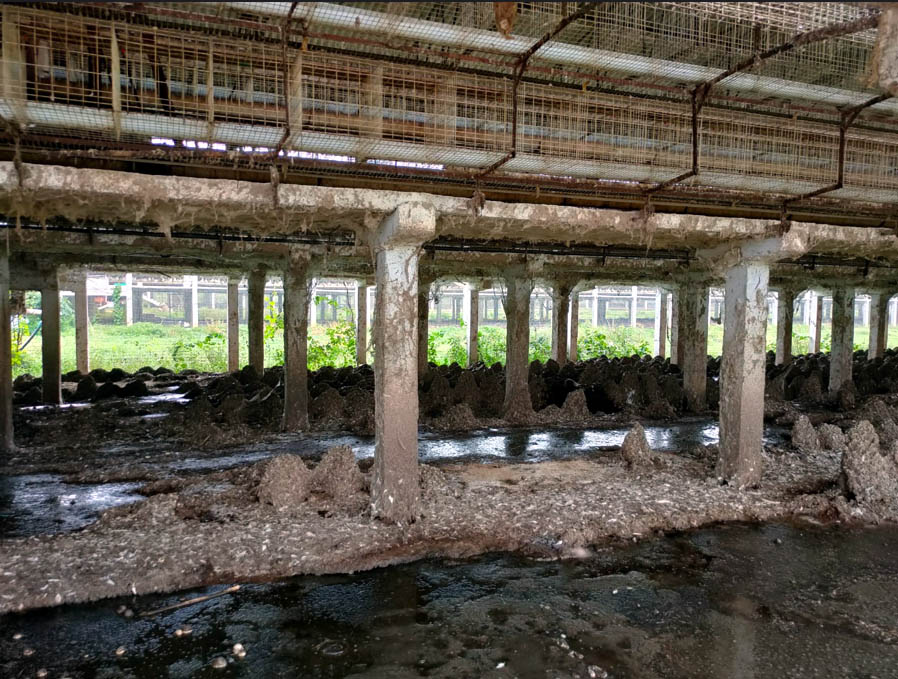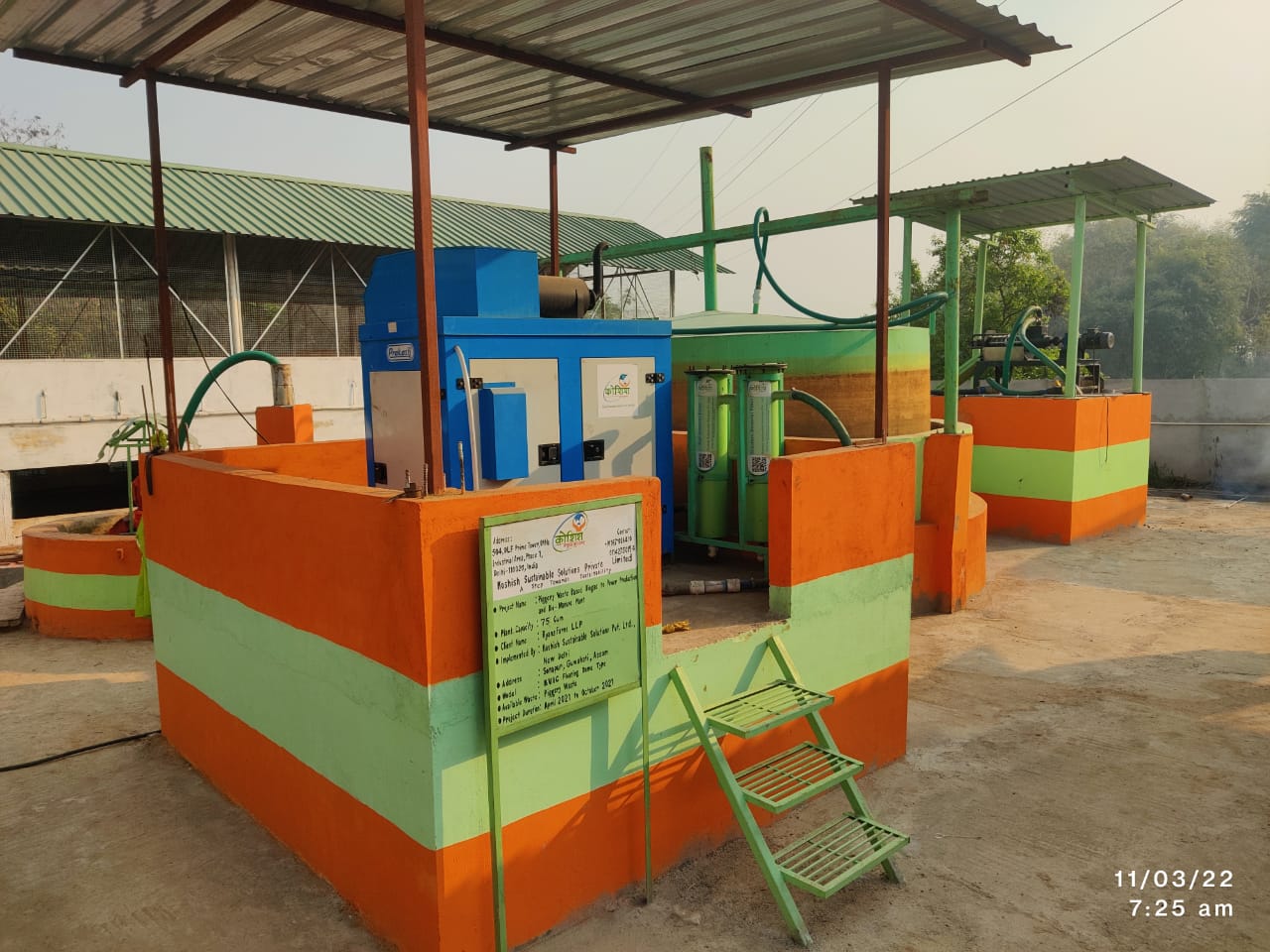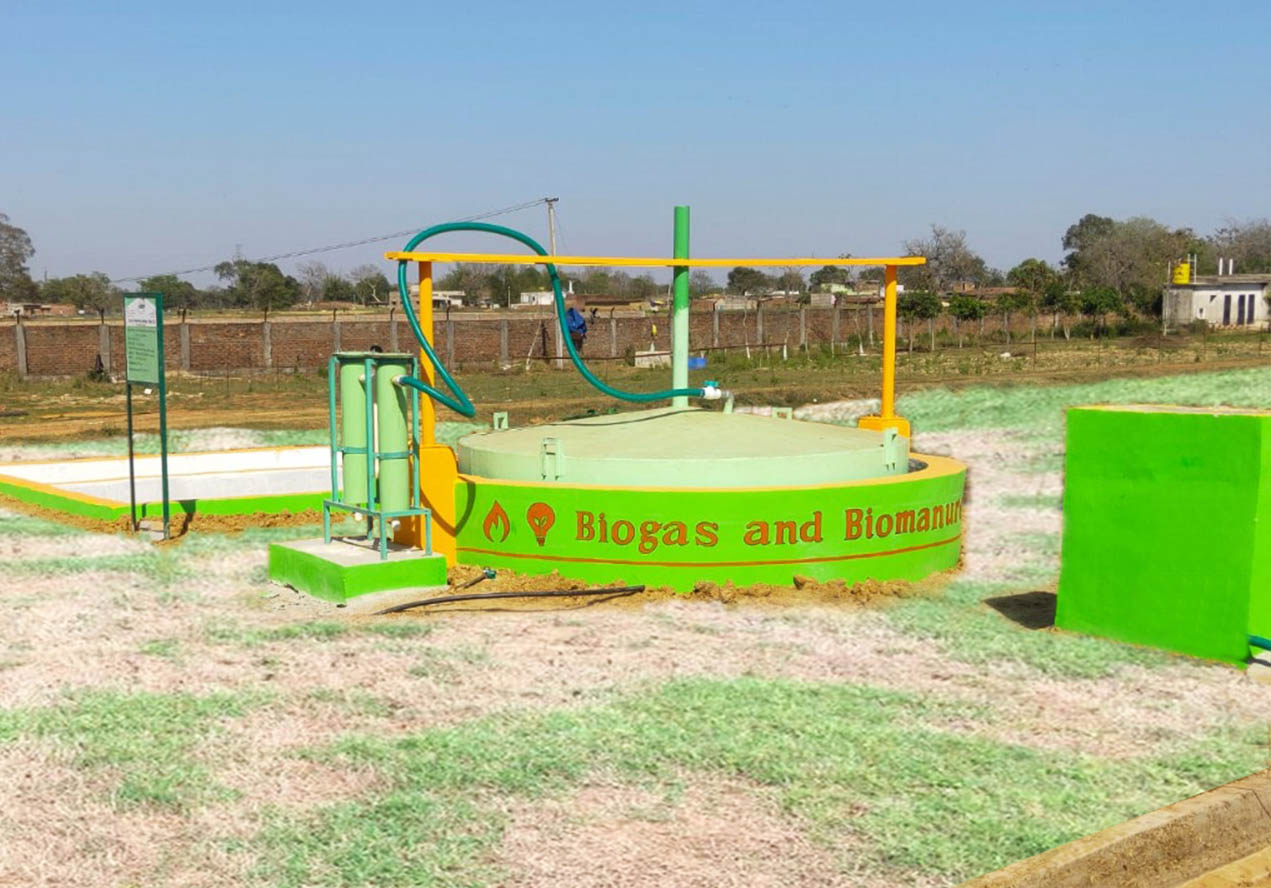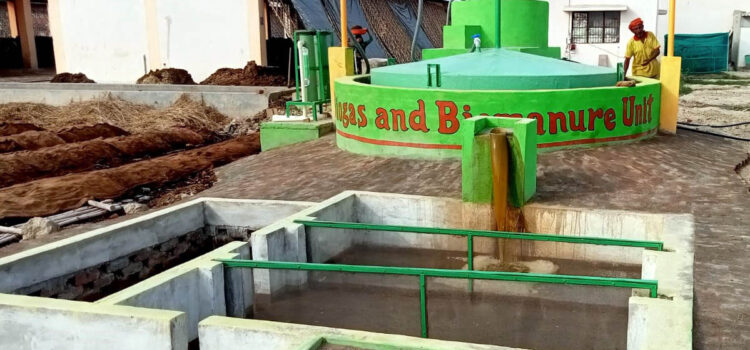Poultry is one of the fastest-growing segments of the agricultural sector in India today. As crop production alone may not solve the food difficulty of the fast-growing population of the country. Poultry production has been the appropriate answer for the fulfilment of the requirements of a balanced diet. India is now the world’s third-largest egg producer, fourth-largest producer of chicken, and fifth in poultry meat production.

(Co-founder & CEO)
Koshish Sustainable Solutions Pvt Ltd
Poultry wastes are posing serious environmental pollution problems, through their bad odours and attract fly and rodent breeding. The appropriate utilization of its waste or by-products increases the monetary output and protects from its unwanted side effects. Inadequate approach and carelessness in the disposal of poultry litter waste will lead to the constant threat of disease ailments on poultry farms. This results in direct losses in the form of mortality and reduced productivity. Therefore, early disposal of wastes with a well-organized method is an important poultry waste management tool for raising healthy and profitable poultry farming activity. Generally, a poultry farm owner takes the litter and dumps it somewhere far away. It emits odorous gases, causing a nuisance for the surrounding neighbourhood.
The NGT has directed Central Pollution Control Board (CPCB) to revisit the guidelines for classifying the poultry farms as green category. Poultry production is associated with a variety of environmental pollutants, including oxygen-demanding substance, ammonia, and solids, and it attracts flies, rodents, dogs, and other pests that create local nuisances and carries diseases.

An appropriate method to dispose of/management of waste is required for minimizing the risk and fetching a better advantage for the poultry industry. There are different techniques of management and disposal of poultry waste, to reutilize the nutrition and avoid the risk.
In this article, we will be discussing how to utilize poultry litter to produce natural energy/ biogas and nutrient-rich manure.
Biogas is an environmentally friendly and one of the most efficient and effective options for renewable energy among various other alternative sources. Biogas is produced by the bio methanation process, and the effluent from the process is rich in essential nutrients that can be utilized as a very good fertilizer. Biomethation is the degradation of organic materials by microorganisms in the absence of oxygen. It is a multi-step biological process in which organic carbon is converted mostly to carbon dioxide and methane.
The gas produced from the Biomethation of the poultry litter can be used in different aspects viz.,
Biogas used for cooking

As the price of conventional cooking gas (LPG), is constantly increasing and becoming unaffordable for the major population, The gas produced from the biogas plant can be used as an alternative and thus affordable, as the gas is produced by the digestion of poultry wastes, it is more economical and environment friendly.
Biogas to Electricity
The expenses on power used in a poultry farm are huge as they have to run boilers, and multiple numbers of fans for ventilation purposes, the major expenses on the electricity can be reduced by converting the biogas produced to electricity by installing a biogas Genset.
Biogas as CBG
If the biogas produced from the poultry waste is considerably high, it can be further purified to CBG, which is equivalent to CNG and can be used in vehicles or filled in cylinders and sold to restaurants and other industries.
The black gold from the biogas plant
The slurry that is produced post the anaerobic digestion process, is considered black gold as it is very much rich in N, P, and K a very good fertilizer that can be sold to the farmers.
The electricity or the CBG produced, and the sale of organic fertilizers are the most important sources of income that are expected from the biogas system.
 The technology involved in biogas production is simple and can be implemented cheaply and efficiently by employing small-scale digesters that are easy to use and maintain. These biodigesters can offer benefits to all spheres of society but are more beneficial to poultry farms. They can use the gas produced for cooking, running biogas generators, and fertilizing crops with the residual waste or sell them.
The technology involved in biogas production is simple and can be implemented cheaply and efficiently by employing small-scale digesters that are easy to use and maintain. These biodigesters can offer benefits to all spheres of society but are more beneficial to poultry farms. They can use the gas produced for cooking, running biogas generators, and fertilizing crops with the residual waste or sell them.
Biogas plants significantly curb the greenhouse effect: the plants lower methane emissions by capturing this harmful gas and using it as fuel. Biogas generation helps cut reliance on the use of fossil fuels, such as oil and coal, the most important of its many advantages is that biogas can offer a decentralized energy solution. For instance, a poultry farm with 50,000 birds produces about 550 kWh of electricity each day. This would help farm to save around Rs. 19,25,000/- annually. In addition, and extra annual income of Rs. 11,20,000/- would be generated by selling produced organic manure.
For more details, contact:
Dr. Ratnesh Tiwari, Co-founder & CEO
Koshish Sustainable Solutions Pvt Ltd
Email: biogas@koshishindia.in, Mobile: +91 93117 33712
Website: https://www.koshishindia.in







Really good article , hope this will adopt every poultry farms in India
We are interested in the project for our two farms, we would like to know the details.
Artikel yang sangat bagus,yg bisa memberikan pencerahan & inspirasi dunia peternakan unggas dimanapun berada
(Translated: A very good article, which can provide enlightenment & inspiration for the world of poultry farming)